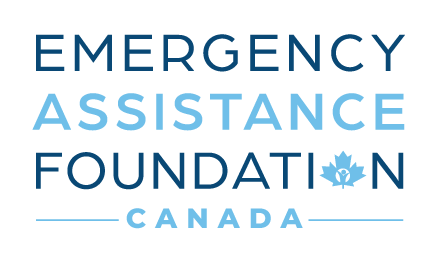
Does Your Organization Match Employee Contributions to Your Employee Emergency Assistance Fund?
September 9, 2019
Why Companies Should Avoid Administering Their Own Employee Relief Fund
November 26, 2019Payroll deduction is a fantastic way to streamline the employee giving process and improve engagement with your company’s fund. When done correctly, the ease of a one-time or recurring deduction can be a key value point when running a donation campaign.
If you are already actively implementing payroll deduction into your donation process or thinking about starting, make sure you understand the IRS regulations.
"Under a new recordkeeping rule effective for all cash, check, electronic funds transfers, credit card charges, or other monetary contributions of any amount made in taxable years beginning after August 17, 2006, the donor must obtain and keep a bank record or a written communication from the donee as a record of the contribution. Written records prepared by the donor (such as check registers or personal notations) are no longer sufficient to support charitable contributions. Bank records for this recordkeeping requirement include bank or credit union statements, canceled checks, or credit card statements. They must show the date paid or posted, the name of the charity, and the amount of the payment. Taxpayers who claim charitable contributions made by payroll deduction can satisfy the recordkeeping requirement if the donor has (1) a pay stub, W-2, or other document furnished by the employer that states the amount withheld for payment to charity, and (2) a pledge card or other document prepared by or at the direction of the charity that shows the name of a donee. An organization described in section 170(c), or a Principal Combined Fund Organization for purposes of the Combined Federal Campaign, will be treated as a donee organization for purposes of the new recordkeeping provision."
See that part that says “(2) a pledge card other document prepared by or at the direction of the charity that shows the name of a donee.” That’s what you need to pay attention to.
Let’s breakdown exactly what that means for you and your fund: a fully documented payroll deduction process.
In other words, if you don’t have a formal process in place that documents the payroll deduction enrollment of every employee, it’s time to take a step back and make a plan that works for your fund. Whether you use an automated third-party system such as Paychex or you implement a traditional paper trail with a pledge form, which may be a dedicated payroll deduction enrollment form, listing the 3rd party administrator (such as “Emergency Assistance Foundation”) as a donee is required. Make sure to create the process and document it.
Share Your Thoughts
Check out what your peers are saying about Payroll Deduction processes in the ERFEG forum!
Here are a few suggestions on next steps to help you get started:
- Assess your existing payroll deduction processes and determine if you are compliant with IRS regulations.
- Forward this article and alert stakeholders of the regulations and schedule a time to collaborate on plan of action.
- Collaborate with your HR department to develop a process plan that captures all required documents and methods of execution.
- Execute on new process improvements and implementations and give yourself a pat on the back for a job well done.

Author:
Douglas Stockham
EAF President
Doug@eafrelief.ca
Emergency Assistance Foundation, Inc.
The Emergency Assistance Foundation, Inc. is a 501c(3) charity created to design and operate multiple employer-sponsored disaster relief and employee hardship funds. These funds allow domestic and international employers and employees to help their coworkers in times of crises.
EAF is a 501c(3) tax-exempt, public, non-profit organization with IRS approval specifically for Employee Hardship and Disaster Relief Funds which can be administered in the United States, Canada and internationally.





